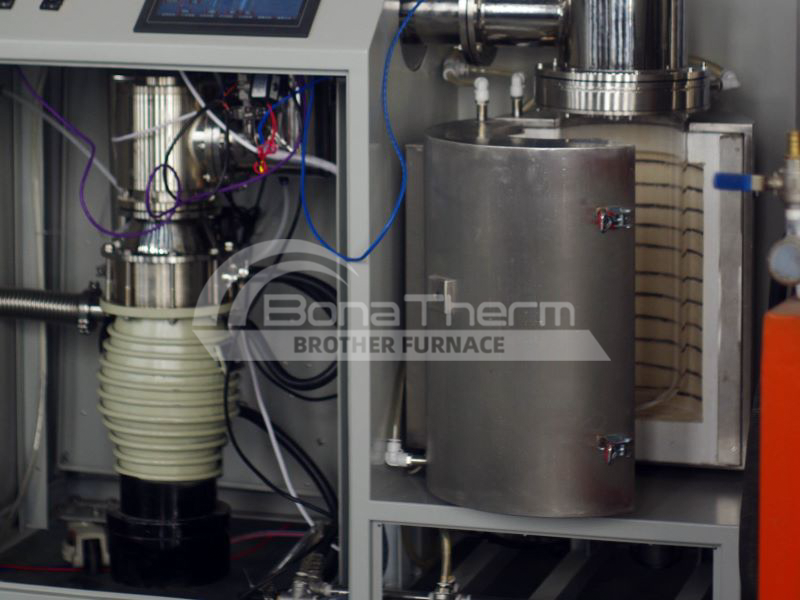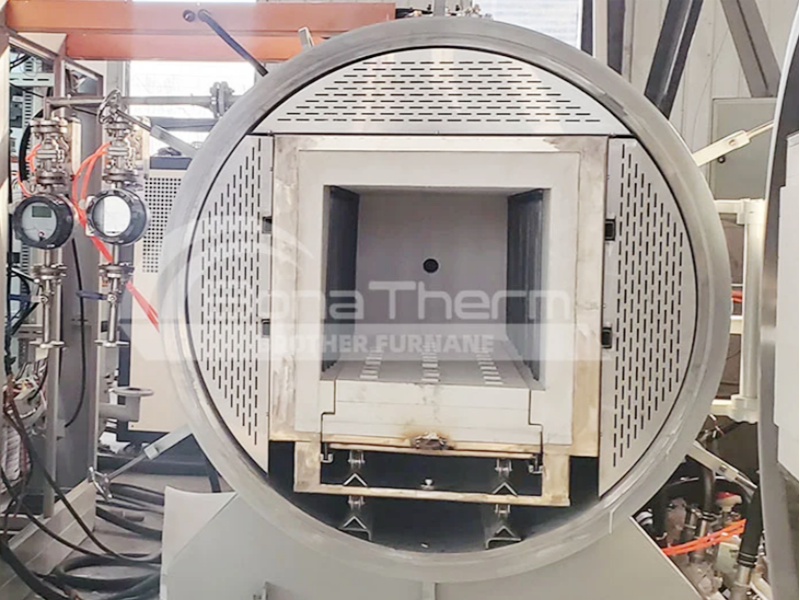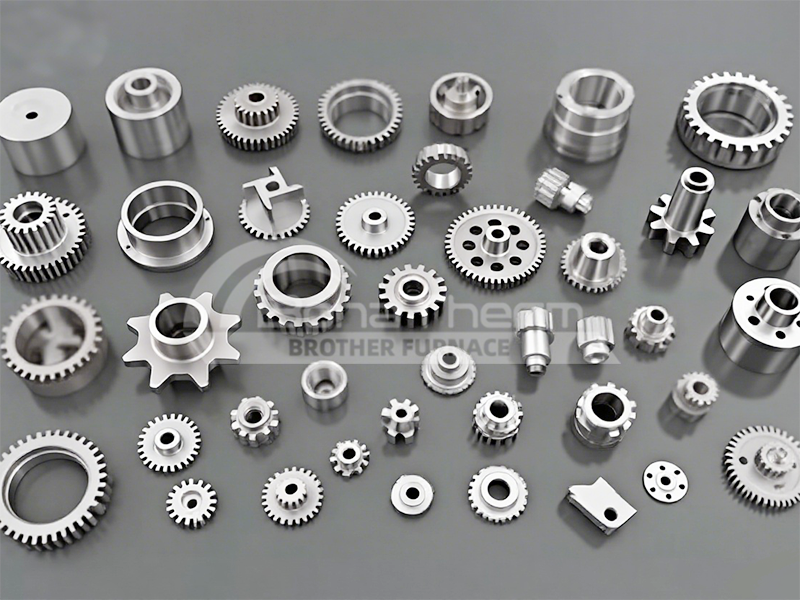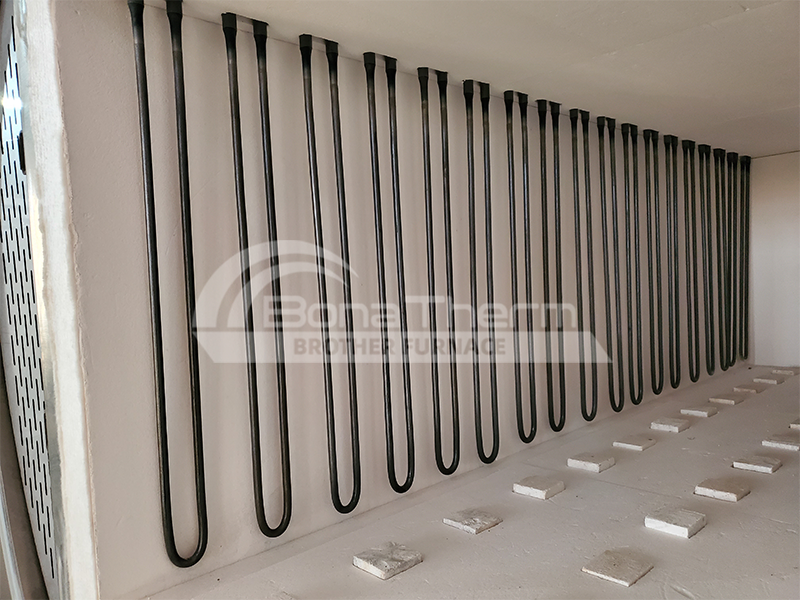Do you want to know more about the use of vacuum gas quenching furnace?
- By: Brother Furnace
- 2025-10-21 00:02
Vacuum gas quenching furnaces stand as a vital member of the vacuum heat treatment furnace family and a core type of vacuum quenching equipment. Unlike vacuum oil quenching furnaces, which focus on oil quenching, they concentrate on gas quenching and play a key role in the field of heat treatment.
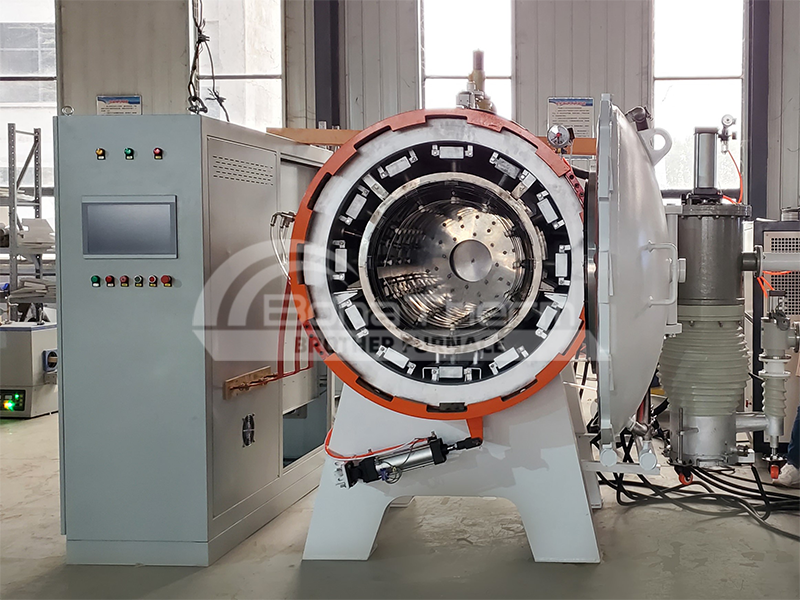
How to measure the nine-point temperature of the vacuum gas quenching furnace?
Vacuum gas quenching furnaces provide a guarantee for the optimization of workpiece performance with their advanced technology.
1. Chinese Standard Temperature Uniformity of the vacuum furnace
Temperature uniformity is a key indicator of vacuum furnace performance for customer products and is crucial to the quality of workpiece quenching. Chinese standards require that temperature uniformity be controlled within a ±5°C range.
2. Specific steps for nine-point temperature measurement of the vacuum gas quenching furnace
To achieve nine-point temperature measurement, a DN100 diameter temperature measurement port must be reserved on the vacuum tank body, through which a nine-point thermometer is connected. K-type or R-type thermocouples are generally used.
A nine-point temperature measurement rack must also be fabricated and placed in the furnace. The thermocouples are fixed to the rack, with a specific layout of four points at the top, one in the middle, and four at the bottom.
Why does the product oxidize when the vacuum gas quenching furnace is filled with rapid cooling gas?
When a vacuum gas quenching furnace is filled with rapid cooling gas for quenching, the product color may sometimes oxidize.
1. The purity of the gas filled into the vacuum quenching furnace is insufficient
The purity of the rapid cooling gas is an important factor affecting whether the product will oxidize. If the gas purity does not meet the nitrogen standard of at least 99.99%, the impurity gas contained in it may react with the high-temperature workpiece and cause oxidation.
To avoid this, professional instruments should be used to test the gas purity before gas injection to ensure it meets the requirements.
2. Residual impurities on the surface of quenched products
If there is processing grease residue on the surface of the customer's product, the grease will react in the high-temperature quenching environment, causing oxidation of the product surface.
Before the workpiece enters the vacuum gas quenching furnace, its surface must be strictly cleaned to remove all kinds of residual impurities and reduce the possibility of oxidation at the source.
3. There is air in the connecting pipe between the gas cylinder and the furnace body of the vacuum gas quenching furnace
If there is air in the connecting pipe between the gas cylinder and the furnace body, the air will mix into it when the quick-cooling gas is filled in, and will cause oxidation when it comes into contact with the workpiece.
The solution to this problem is to first fill the vacuum quenching furnace with gas after evacuating it before heating, pressurize the air in the pipe into the vacuum tank, and then evacuate it again.
This operation can effectively expel the air in the connecting pipe and ensure the purity of the rapid cooling gas entering the vacuum quenching equipment.
It is worth noting that this same treatment applies to other vacuum furnaces requiring gas injection—such as vacuum atmosphere sintering furnaces, vacuum double-chamber oil quenching furnaces with air cooling, or any vacuum furnace capable of atmospheric ventilation—if this phenomenon occurs during the ventilation process.
What is the measurement method for the Chinese standard pressure rise rate of a vacuum gas quenching furnace?
1. Chinese standard pressure rise rate of vacuum gas quenching furnace
The pressure rise rate is an important parameter of the vacuum performance of the reactive vacuum gas quenching furnace. The Chinese standard stipulates that the pressure rise rate is 0.67Pa/h.
2. Measurement method of vacuum gas quenching furnace pressure rise rate
Measuring the pressure rise rate requires specialized procedures and equipment. First, ensure the vacuum furnace is in a stable vacuum state. Then, utilize high-precision vacuum measuring instruments to monitor the vacuum level within the furnace at specified intervals. The value is calculated by calculating the ratio of the change in vacuum level to time.
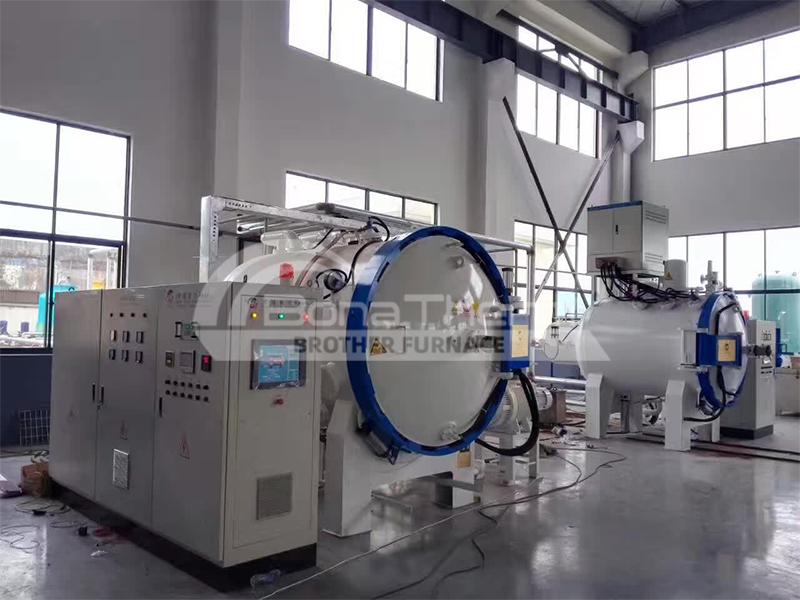
Every step in the vacuum gas quenching furnace application process is related to quenching quality. In actual production, it is necessary to strictly follow relevant operating specifications and solutions to ensure the stable and efficient operation of the vacuum gas quenching furnace.
Besides vacuum quenching furnaces, we also invite you to explore our products, such as vacuum annealing furnaces, vacuum tempering furnaces, and vacuum normalizing furnaces, which are closely related to the quenching process.
If you are interested in Brother Furnace’s vacuum heat treatment furnace, please contact us.

